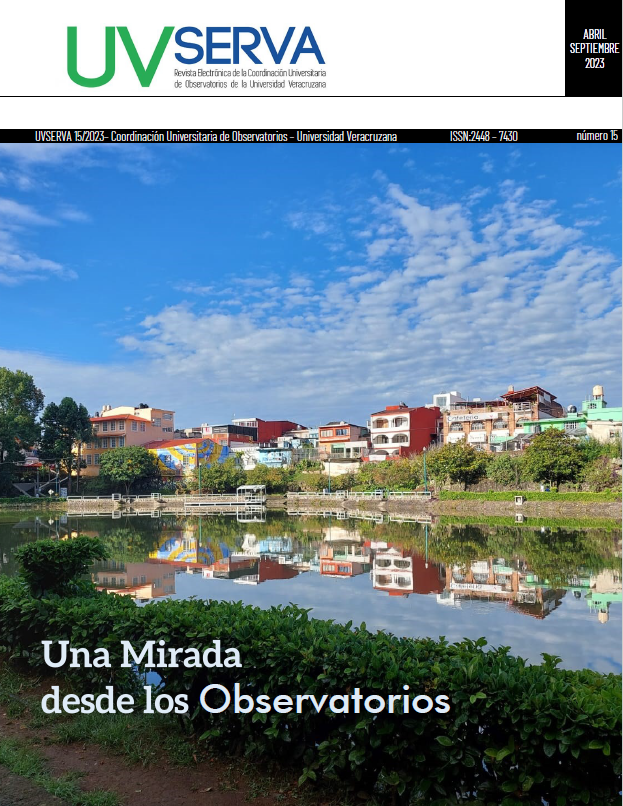Abstract
The Cueva de la Orquida (Orchid cave) is one of the tourist attractions in Xalapa. It is located in a public park with the same name in the middle of the city. However, this "cave" is actually part of a system of lava tunnels that are formed when low-viscosity lava (commonly basaltic) cools on contact with the underground and the atmosphere, but continues to flow inside. Most of the center of Xalapa is built on top of these basaltic lavas that underlie the Macuiltépetl cinder cone. The location of the underground lava tunnels is unknown; only occasionally collapses are reported in the urban area, due to the collapse of some underground cavities, as well as being discovered when digging before starting construction. In this study, two non-invasive geophysical techniques are used within the Park area, as well as on unpaved streets in the vicinity of the Park. The results of the gravimetry and georadar study not only make the previously known large cameras (3 connected) visible, but also reveal their continuity to the East, just below the houses surrounding the park. It is considered important to continue with the studies to locate the cavities closer to the surface and/or more voluminous to identify areas potentially in danger of collapsing, adapt construction plans, among other mitigation measures.
References
Espinasa-Pereña, R. and Delgado Granados, H., 2011, December. Lava tubes and aquifer vulnerability in the upper Actopan River basin, Veracruz, México. In AGU Fall Meeting Abstracts (Vol. 2011, pp. H43J-1383).
Jácome-Paz, M.P., Torres-Orozco, R., Espinasa-Pereña, R., de la Fuente Rivera, J.R., Sánchez, J.O.R. and Delgado-Granados, H., 2022. Review of geology and geomorphology of the Xalapa Monogenetic Volcanic Field, eastern Trans-Mexican Volcanic Belt. Journal of Volcanology and Geothermal Research, 432, p.107689.
Morante López, Rubén B., 2019. OBSERVATORIOS ASTRONÓMICOS EN TUBOS DE LAVA MESOAMERICANOS. Avá, (35), 55-76. Recuperado en 20 de enero de 2023, de http://www.scielo.org.ar/scielo.php?script=sci_arttext&pid=S1851-16942019000200055&lng=es&tlng=es.
Smith, J. (1975). Temas de Geofísica (1ra ed.). Reverté S. A
Spector, A. and Grant, F.S., 1970. Statistical models for interpreting aeromagnetic data. Geophysics, 35(2), pp.293-302.

This work is licensed under a Creative Commons Attribution-NonCommercial 4.0 International License.
Copyright (c) 2023 Dra. Katrin Sieron , Mtro. Julio César González Hernández, Mtro. José Serrano-Ortiz, Lic. Pamela Bibiana Márquez-Arellano , Dr. Blake Weissling, Dr. Francisco Córdoba Montiel, Dr. Rafael Torres Orozco


